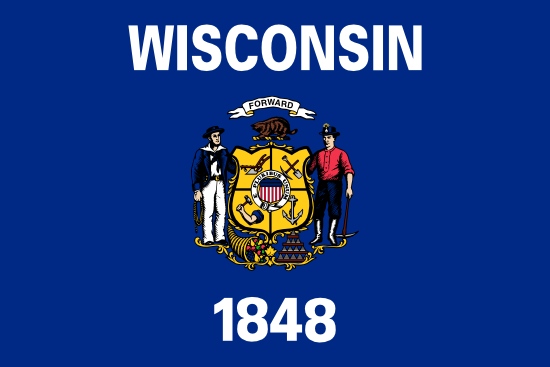
Niagara
- County:
- Marinette County
- County Seat:
- No
- Area (mi²):
- 2.762
- State:
- Wisconsin
Niagara is a city located in Marinette County, Wisconsin. Niagara has a 2025 population of 1,579 . Niagara is currently declining at a rate of 0% annually and its population has decreased by -1.56% since the most recent census, which recorded a population of 1,604 in 2020.
The median household income in Niagara is $57,500 with a poverty rate of 11.38%. The median age in Niagara is 49 years: 48.4 years for males, and 51.3 years for females. For every 100 females there are 105.3 males.